Figures & data
Table 1 Summary of the demographic, clinical and MRI features of the cases included in this study.
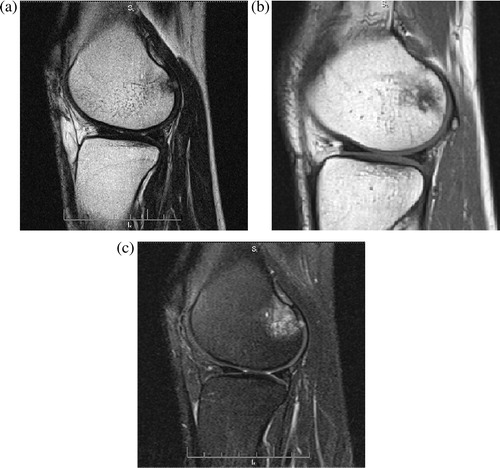
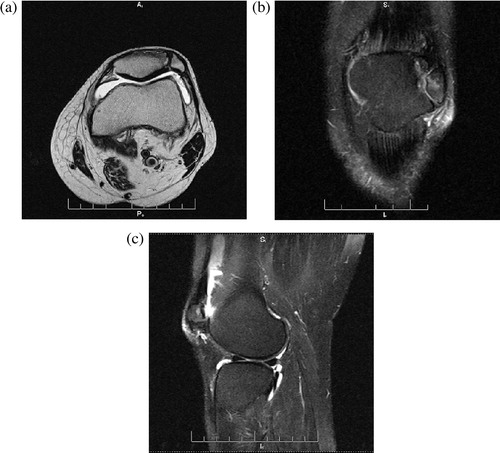
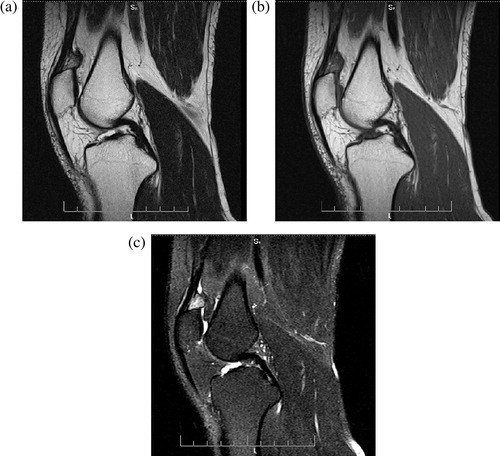
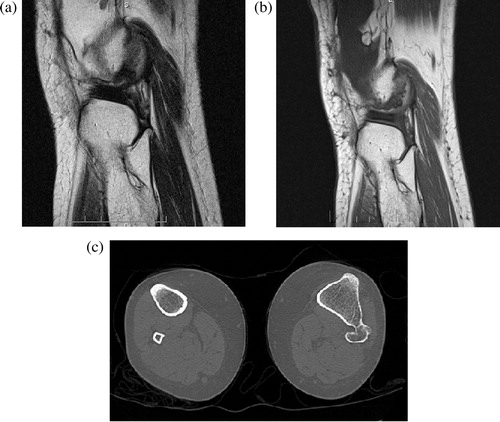
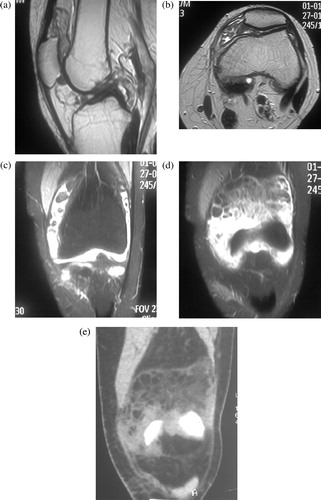
Register now or learn more
Open access
This work was not presented anywhere.
FootnoteAvailable online 20 February 2014





People also read lists articles that other readers of this article have read.
Recommended articles lists articles that we recommend and is powered by our AI driven recommendation engine.
Cited by lists all citing articles based on Crossref citations.
Articles with the Crossref icon will open in a new tab.